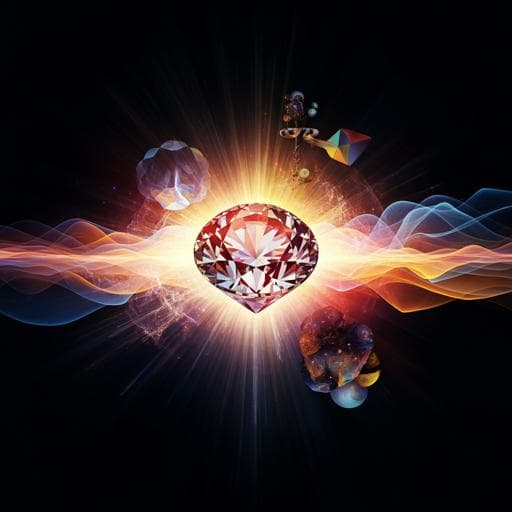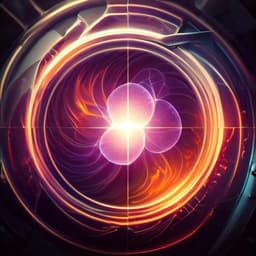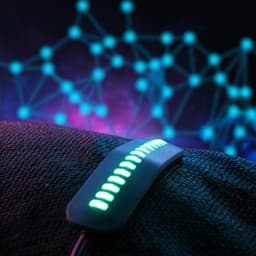
Physics
Microwave mode cooling and cavity quantum electrodynamics effects at room temperature with optically cooled nitrogen-vacancy center spins
Y. Zhang, Q. Wu, et al.
Discover groundbreaking advancements in microwave mode cooling and cavity quantum electrodynamics (C-QED) at room temperature using optically cooled NV spins. The research conducted by Yuan Zhang and colleagues reveals a significant reduction in microwave photon numbers and introduces potential for controlled C-QED effects under varying laser conditions.
~3 min • Beginner • English
Related Publications
Explore these studies to deepen your understanding of the subject.







